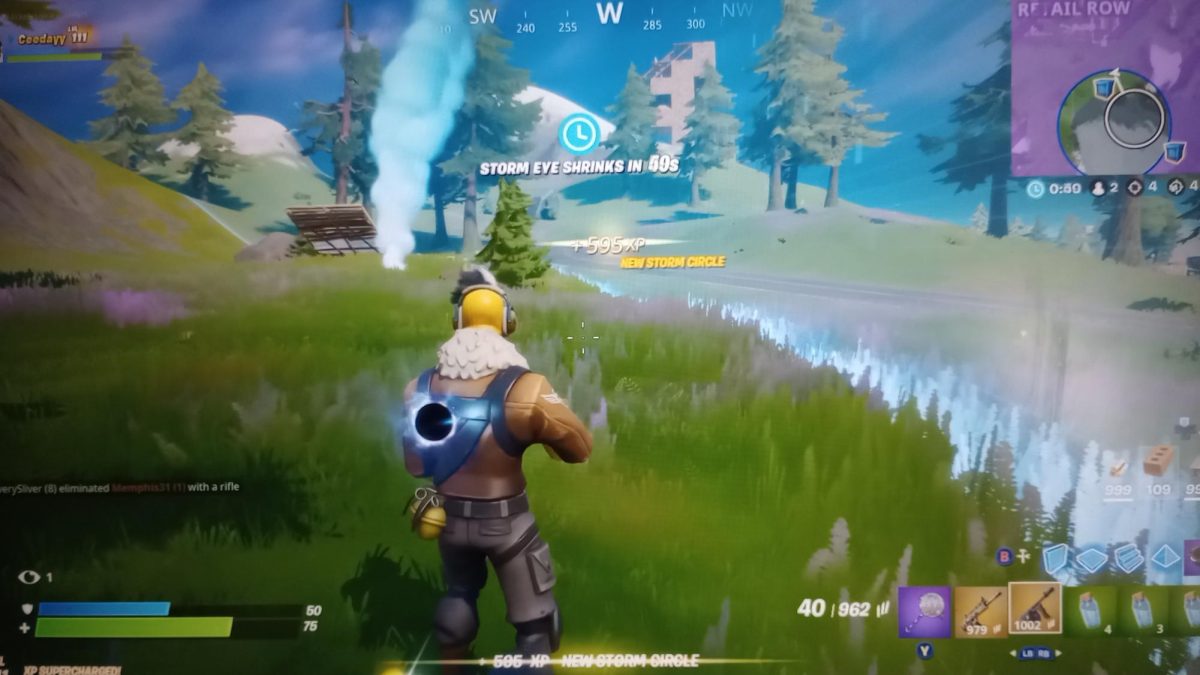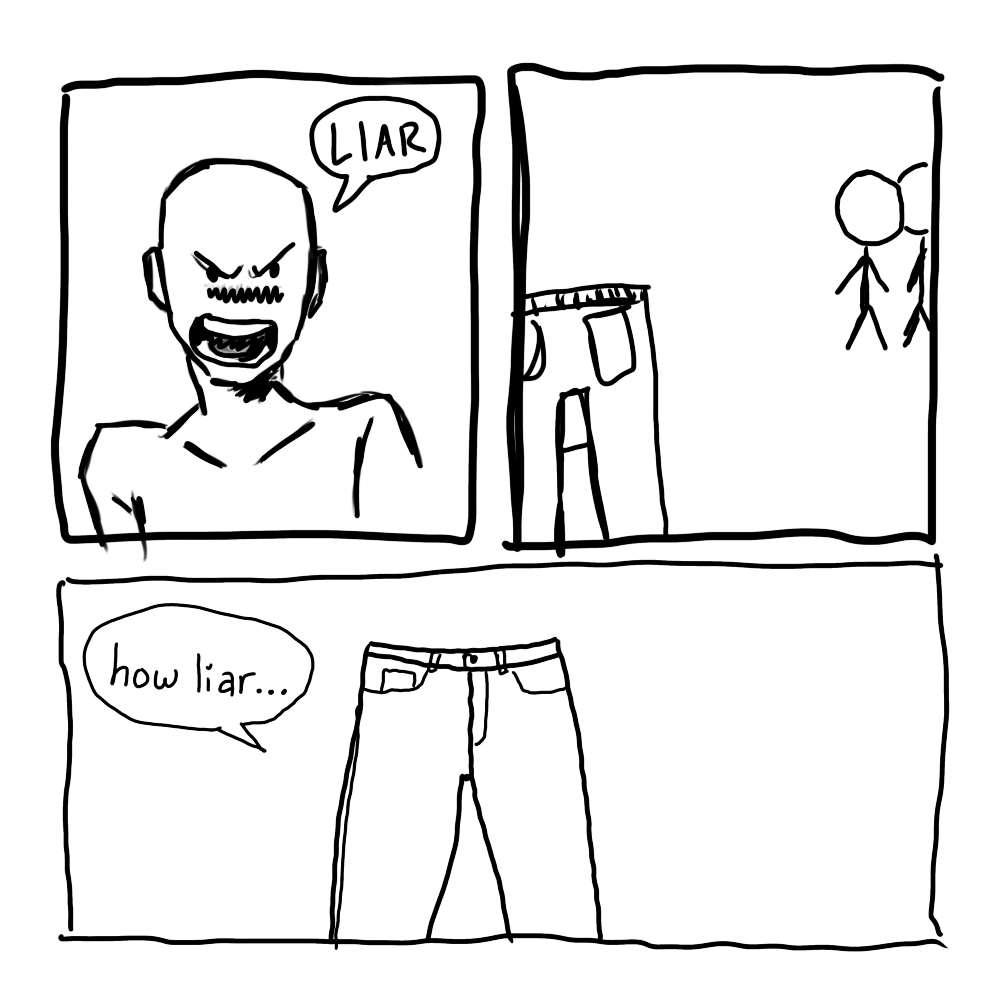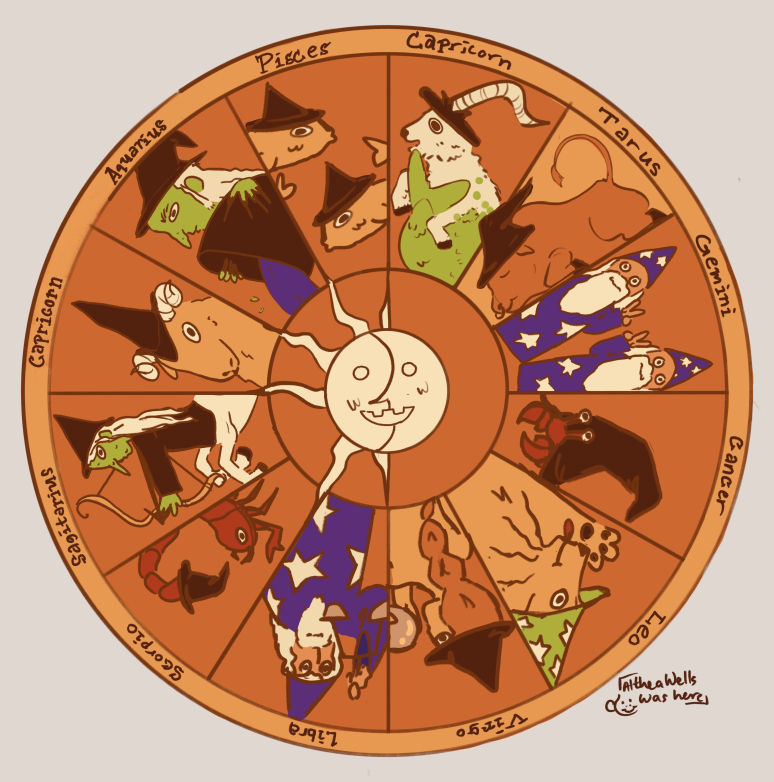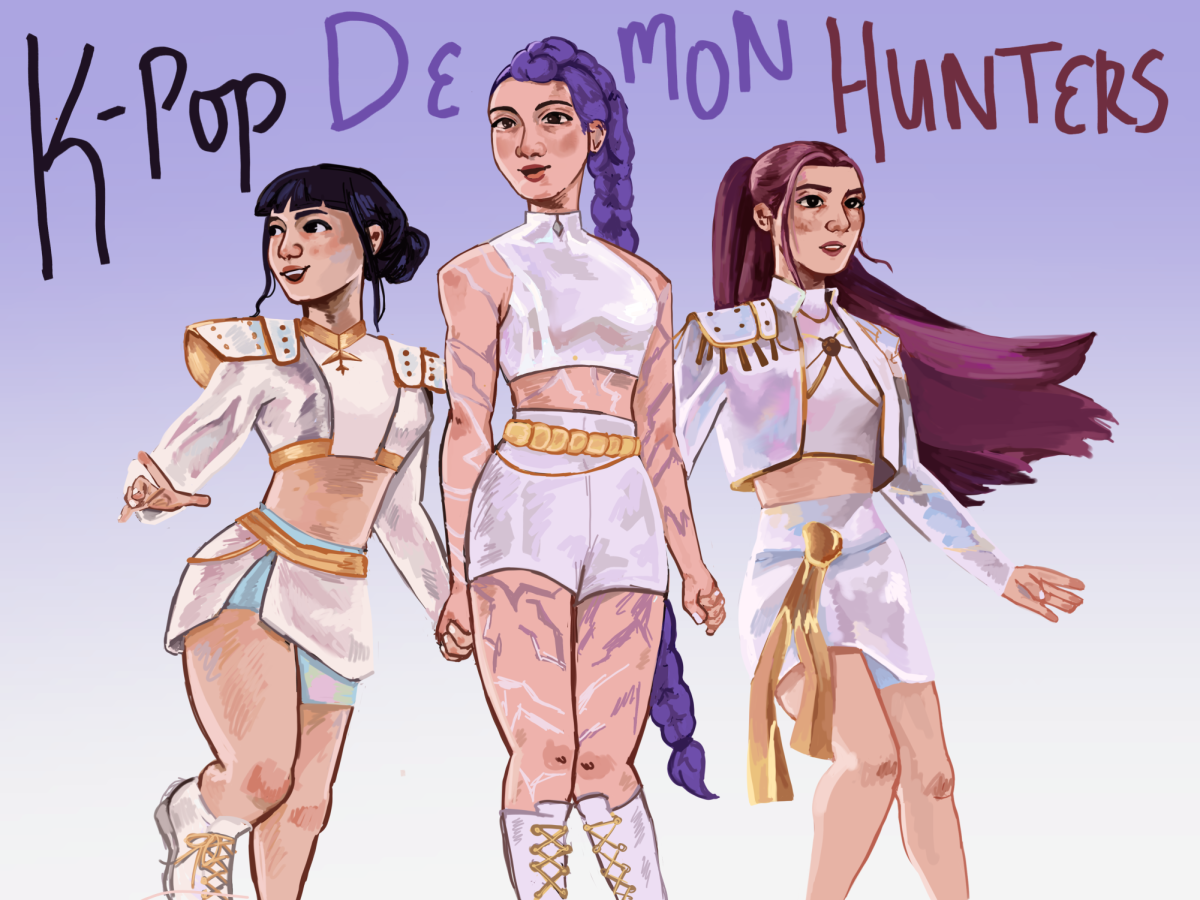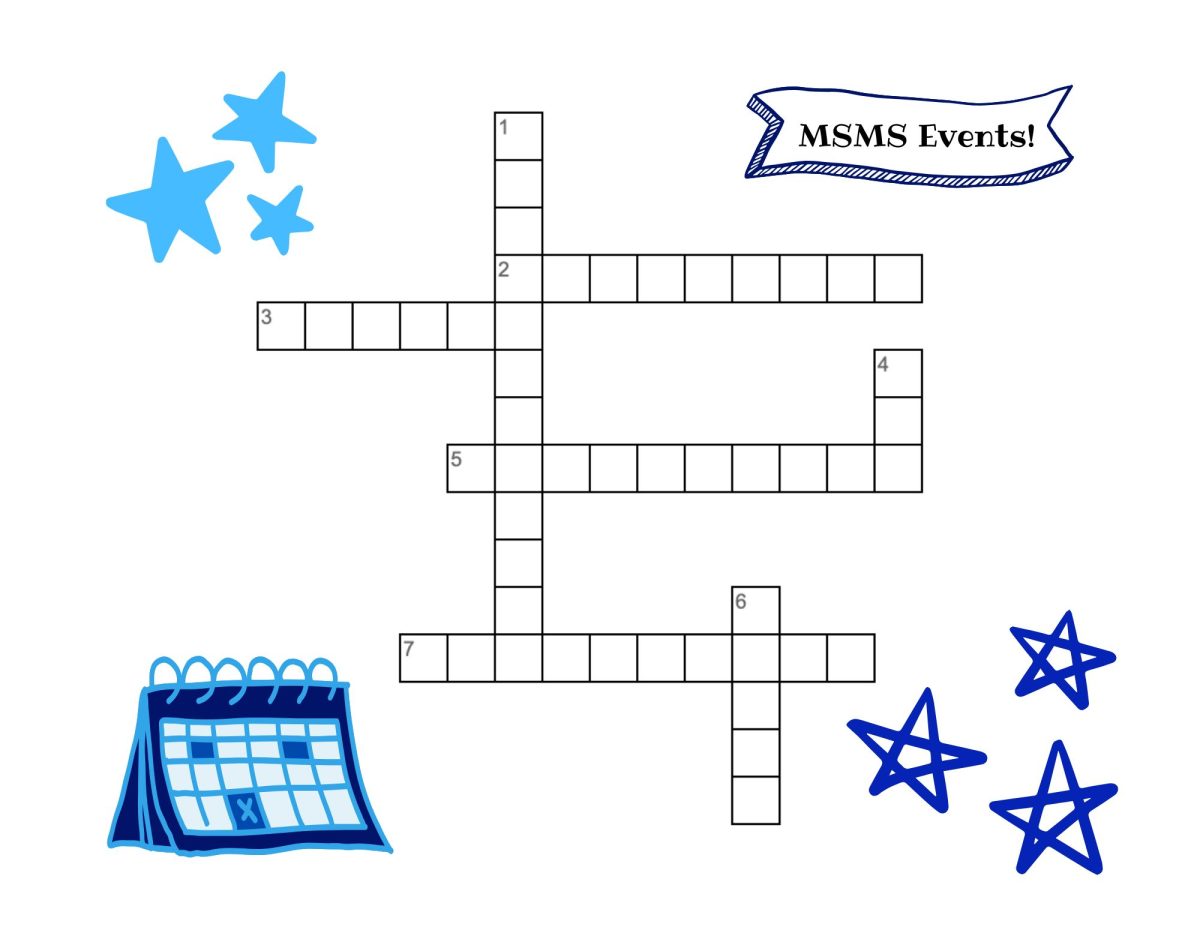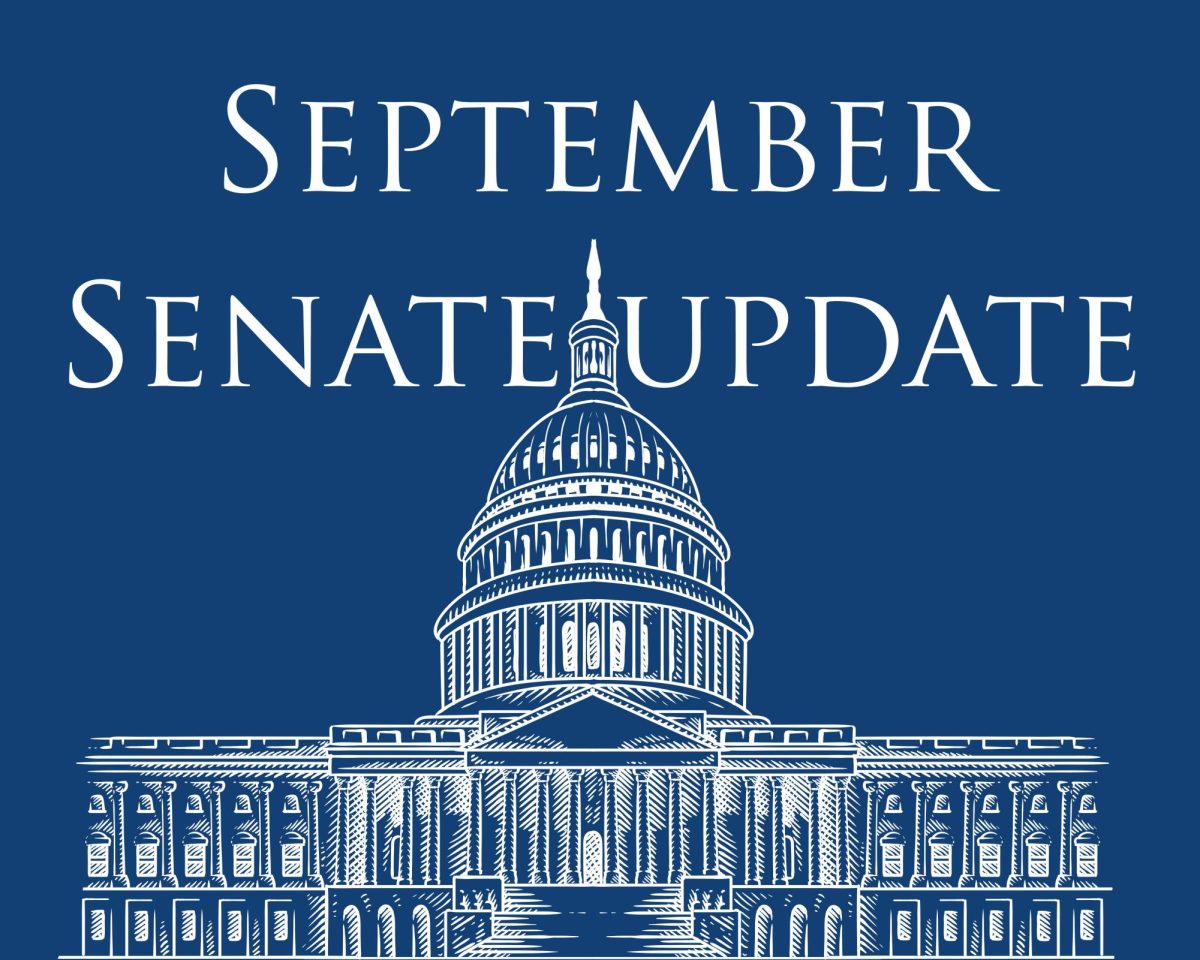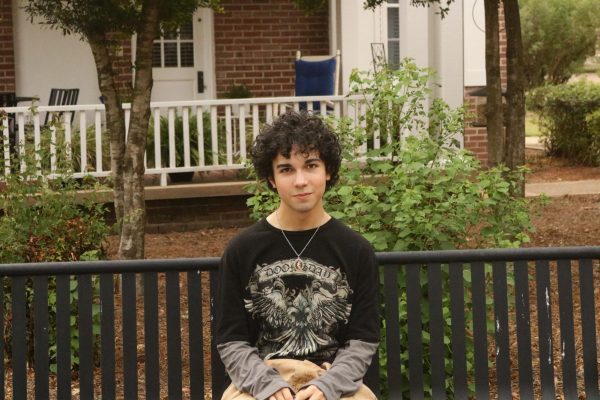When Fortnite Battle Royale was released in 2017, it took the gaming world by storm. Prior to the launch of its battle royale mode, Fortnite had only 1 million registered players; however, only two months after the battle royale release, that number skyrocketed to 30 million registered players.
While other new games had seen similar spontaneous bursts of popularity, most ultimately faded into relative obscurity, such as Cuphead in late 2017. Fortnite proved to be a unique phenomenon because of its consistently growing fanbase. By November 2018, there were 200 million registered players, 350 million by May 2020, 500 million by March 2023 and 650 million today.
The key to Fortnite’s success is ingenuity, responsiveness and a penchant for not taking themselves too seriously.
Fortnite’s first act of ingenuity was its very release. Fortnite came out at the height of ultrarealistic, gritty shooter games such as PUBG: Battlegrounds. Instead of following industry trends, Fortnite chose to do something wildly new.
Fortnite implemented a cartoonish style, humorous dances and, most importantly, the building aspect. Battle Royale and shooter players now had a fun, colorful and professionally developed alternative to the dark, brooding games that dominated the genre for so long. Along with revolutionary building allowing players to outskill others like never before, people were immediately hooked.
As a result, games that tried to rise against the success of Fortnite ultimately failed. For example, Call of Duty: World War II, released about a month after Fortnite, was a massive flop. Additionally, Apex Legends may have rivaled Fortnite at its peak, but the game has died since then, proving Fortnite’s longevity over other battle royales. Comparing Apex Legend’s peak active players of less than 625,000 to Fortnite’s approximate 14.3 million, it almost seems wrong to consider the two in the same league.
While part of Fortnite’s appeal is the new features, the game must balance new implementations and audience opinion. Luckily, Fortnite’s ever-evolving gameplay allows the developers to be in touch with their community in a way other games can’t. For example, at the end of Chapter One: Season Three, Fortnite started showering the map with meteors to prepare players for the final event: a massive meteor striking the map. This event led into Chapter One: Season Four, when Fortnite’s storyline and live events truly began, and developers started experimenting with new gameplay features such as Hop Rocks.
With overwhelmingly positive feedback from players, Fortnite continued with the characteristics of Season Four. The storyline has evolved beyond what Chapter One players thought was possible; live events have become an end-of-season tradition, and new gameplay features are constantly added.
While Fortnite generally adds fantastic features, its developers also listen to criticism. For instance, in Season X, the B.R.U.T.E., commonly referred to as the Mech, a weaponized suit of armor, was implemented. As a Fortnite veteran, I still remember the trauma induced by the harsh sounds of a Mech. The Mech could fire 10 rockets at once with a minigun attachment and high durability.
After many complaints, the developers issued a series of patches to balance the Mech. Fortnite’s ability to listen and learn is what makes players excited for each new season.
However, Fortnite couldn’t reach such high fame through game mechanics and community engagement alone. A game can only become this popular by being cemented in pop culture as well. For Fortnite, this was easy to achieve since its cartoonish style allows for creating jokes.
Fortnite primarily relies on tongue-in-cheek humor through deals with artists or movies which allows them to turn profits and create a sense of ridiculousness that is funny to the player. A prime example of this is the recent skin of rapper Ice Spice. When Fortnite gets money from its deal with Ice Spice, it creates entertainment for the players who can now hit the griddy in an Ice Spice skin.
This idea goes beyond just cosmetics. Absurd creative mode maps, Juice WRLD staring out over the island and the addition of popular songs as playable and remixable through emotes all allow for genuine fun — an indisputable reason Fortnite has stayed so popular.
Overall, Fortnite has had an impressive run and will undoubtedly expand with whatever new feature it installs next. Whatever that is, it can confidently be said it will be original and align with the community’s desires to create an enjoyable environment for players.
Now, I’m going to go crank ’90s on Goku in my Demogorgon skin and do an Ice Spice emote after eliminating him.

